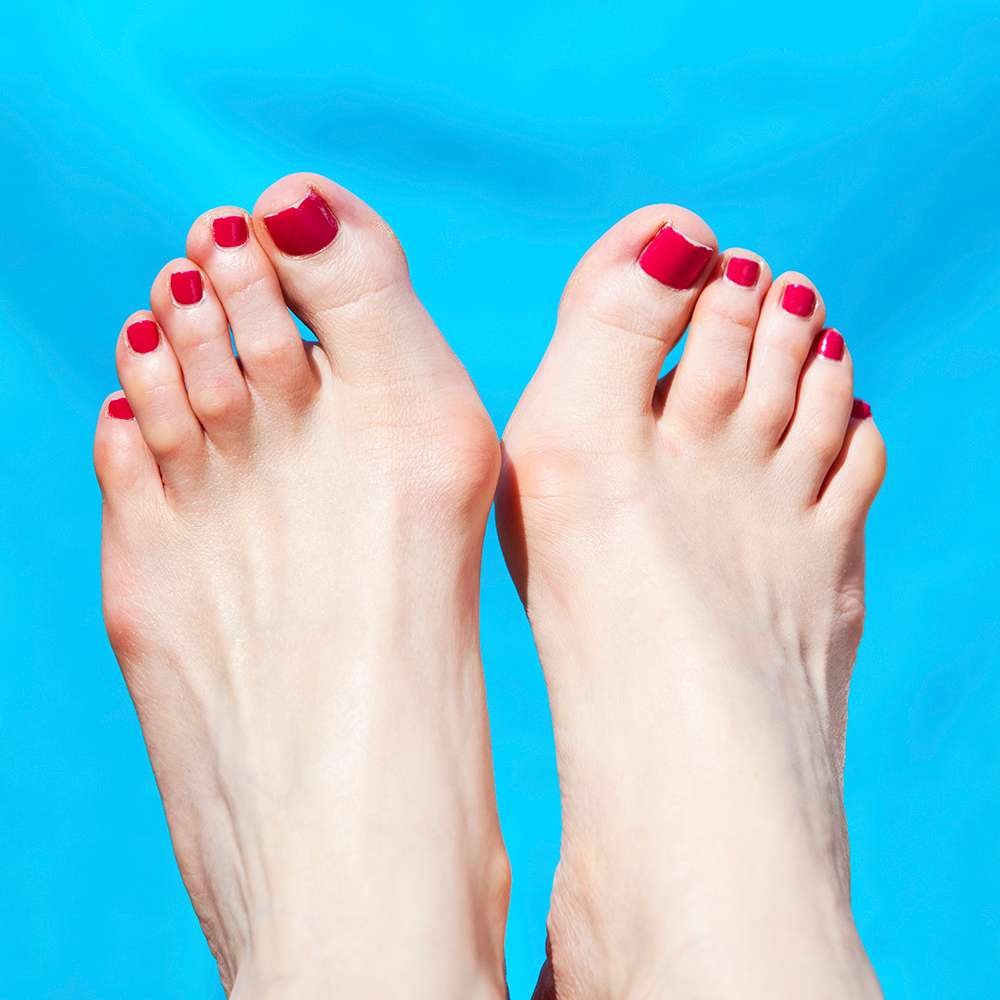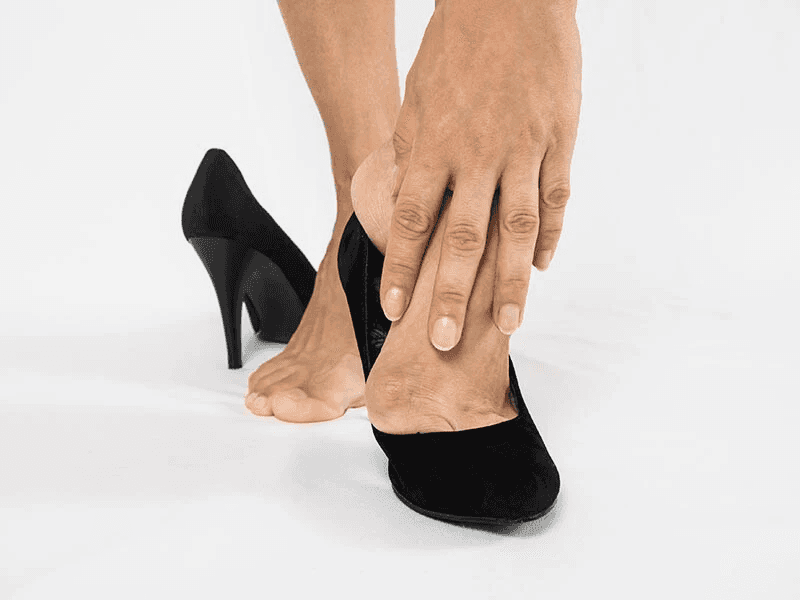Understanding Bunions
Regular bunions are bony bumps on the side of your foot, just at the base of the big toe joint. They can be extremely painful and uncomfortable.
They slowly develop over time and cause the big toe to turn inwards, towards the other toes. The displacement leads to abnormal motion and increased pressure on this joint. Over years, the abnormal motion and pressure slowly causes a change in the alignment of the metatarsal bones, causing the big toe to turn inwards, sometimes even moving on top of the toe next to it.
As a consequence the joint is pushed outwards, causing the bump. The same condition on the little toe is called bunionette or “tailors toe”. Both can often lead to secondary problems, such as blisters, corns or calluses.
Below you will find advice on how to tackle this issue, limit its progression and ease the pain.


